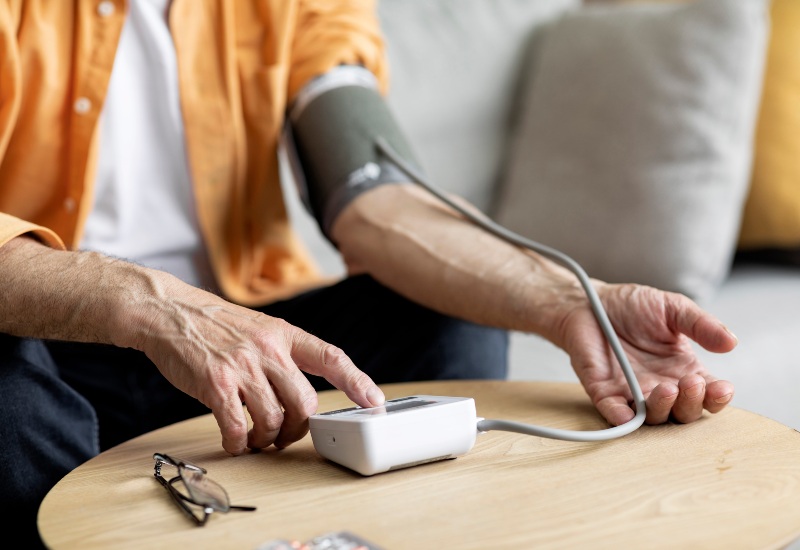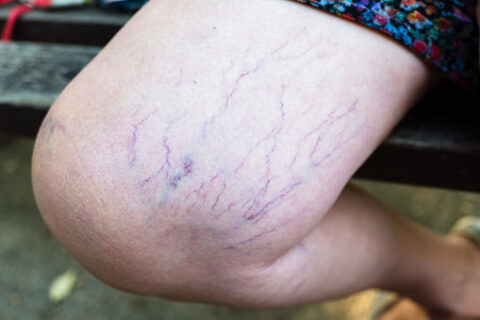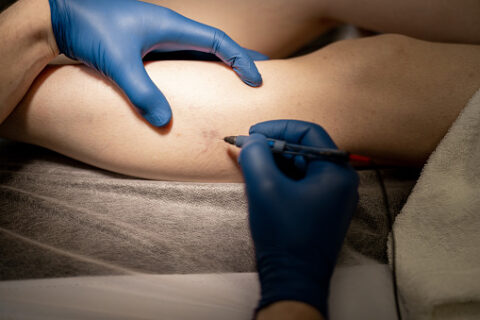A Complete Guide on the Significance of Exercise for Patients with Peripheral Artery Disease

A Complete Guide on the Significance of Exercise for Patients with Peripheral Artery Disease
Peripheral artery disease (PAD) is a serious ailment. If you have been diagnosed with peripheral artery disease, you will want to understand your options and the best lifestyle choices to allow you to live life to the fullest. Exercise is an integral part of this lifestyle. What is it about exercise that makes it so important for patients facing peripheral artery disease?
What is Peripheral Artery Disease?
In a typically functioning cardiovascular system, blood flows freely through the veins and back to the heart, where it is recirculated and cycled back to the veins. However, in someone who has been diagnosed with peripheral artery disease, this system doesn’t entirely function as it should. In peripheral artery disease, the arteries that bring blood to the limbs and extremities are blocked or have become narrowed. This is caused by a build-up of plaque in the arteries. Some risk factors involved with PAD are high blood pressure, cardiovascular disease, diabetes, high cholesterol, smoking, and more. Peripheral artery disease can cause many problems, including difficulty walking or even standing. This can be very uncomfortable and debilitating to patients with PAD. However, there are ways to manage this disease, and exercise can play a huge part.
Understanding the Importance of Exercise for PAD Patients
Why is exercise so crucial for PAD patients? Did you know that exercise actually increases the number of blood vessels you have in your limbs? This means that the blocked blood vessels can be avoided by using the new blood vessels.
Benefits of Exercise for PAD Patients
Some of the numerous benefits of exercise for patients with peripheral artery disease include:
- Increased Insulin Sensitivity
Diabetes is a risk factor for peripheral artery disease. Increased exercise reduces the risk of diabetes by increasing insulin sensitivity. - Improved Cardiovascular Health
Exercise strengthens the heart muscle. When this happens, it also reduces high blood pressure and high cholesterol and helps to lessen the risk factors associated with PAD. - Increased Blood Flow
Improvement in blood flow to the extremities can help bypass the arteries affected by plaque build-up (atherosclerosis). - Weight Management
Increased exercise means better weight management. As obesity is a factor in peripheral artery disease, this is an essential benefit of an exercise routine. - Improved Mental Health
Exercise has been proven to have a significant impact on improved mental health.
How Can Exercise Relieve PAD Symptoms
One of the most debilitating symptoms of PAD is soreness, aching, and fatigue of the limbs. As we exercise, the result is the reduction of claudication, which is leg pain or cramping. Exercise creates more efficiency in the muscles and body systems, reducing pain and soreness over time.
Types of Exercise for PAD Patients
Here are some types of exercise that are appropriate for PAD patients.
- Walking
This is a type of exercise that can be performed at any pace and any level of fitness. - Biking
This is a very low-impact exercise and can drastically improve blood flow to the limbs. - Strength Training
Working on strength can be very beneficial to the muscles and bones and can also help improve blood flow. - Swimming
One of the lowest-impact exercises, swimming provides the perfect environment to avoid putting too much stress on the joints and back. It is ideal for those with back issues. - Yoga
This activity improves flexibility and reduces stress. It’s perfect for someone with PAD.
Precautions to Take Before Starting an Exercise Routine
As with any exercise regimen, patients who have PAD should consult with their physician to ensure that they are practicing a level of exercise that meets their health needs. Additionally, patients should make sure to monitor their symptoms, hydrate, wear the appropriate attire, and avoid environments that are too hot or cold. Remember to begin slowly, particularly if you aren’t used to high levels of exercise.
Most importantly, have fun. When choosing the type of workout that you will adhere to, make sure it’s something you will enjoy. That way, you will be more likely to stick to the program.
Conclusion
Exercise is essential for patients who have been diagnosed with peripheral artery disease. It is beneficial to them symptomatically and as a treatment for the disease itself. It is proven that over time, patients with PAD who exercise have far better outcomes than those who do not exercise. If you have been diagnosed with PAD, the sooner you start a regular exercise routine, the sooner you will begin to be able to manage your symptoms and the disease itself. Exercise is a wonderful solution.
California Vein and Vascular Centers
The physicians at California Vein and Vascular Centers can advise you on the best types of exercise for patients with PAD. When it’s time to consult with a vascular specialist, the team at California Vein and Vascular Centers can help. Providing treatment for leg swelling, varicose veins, bulging veins, and all other peripheral arterial and venous disorders, we are the most qualified specialists in the Bay Area. Ranked first in California for vascular procedures and in the top five in the nation for the number of vein procedures we perform, our board-certified surgeons will show the utmost care in treating vascular disorders. Please schedule an appointment today or visit our website to discover the numerous services we offer.


